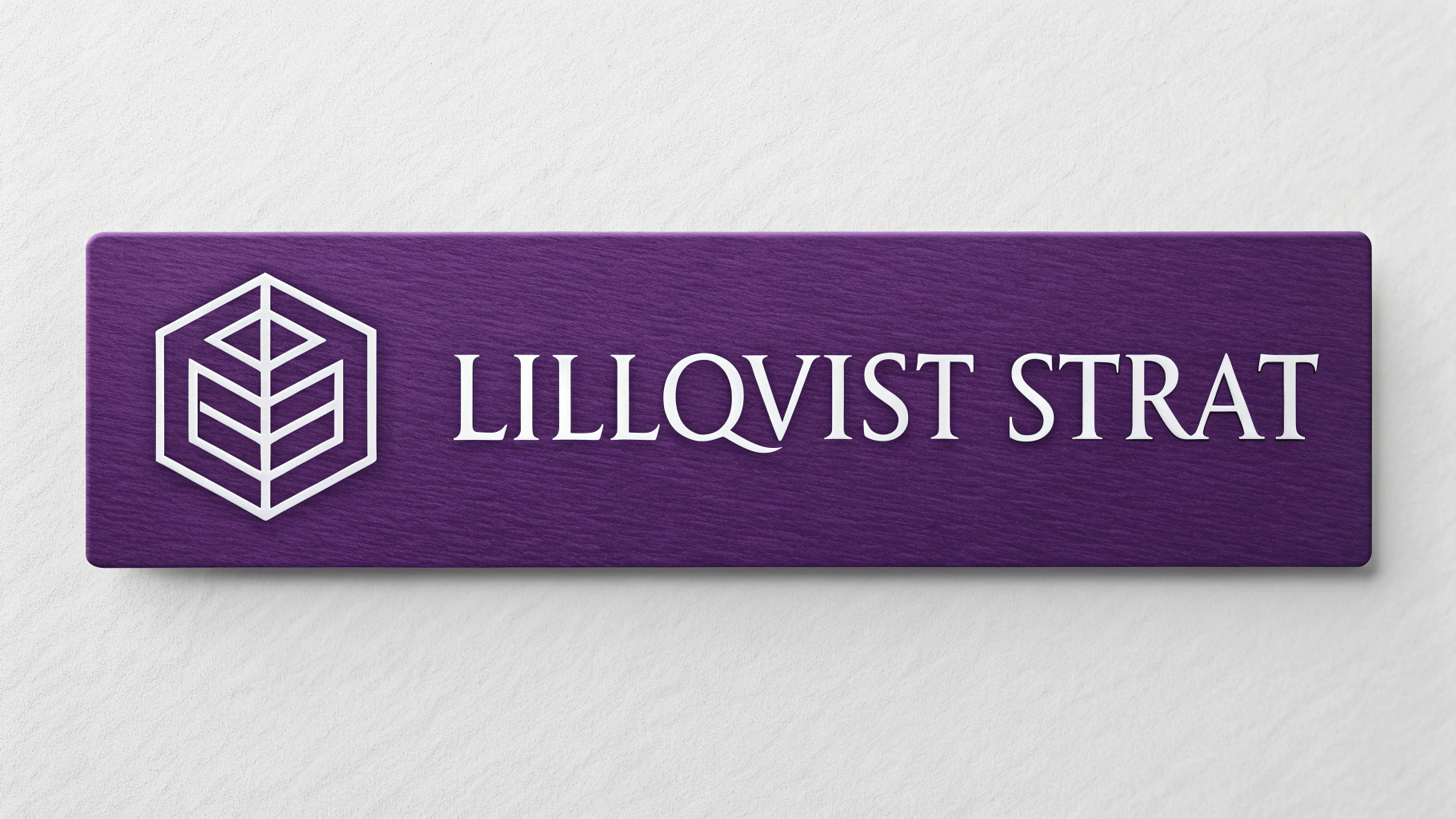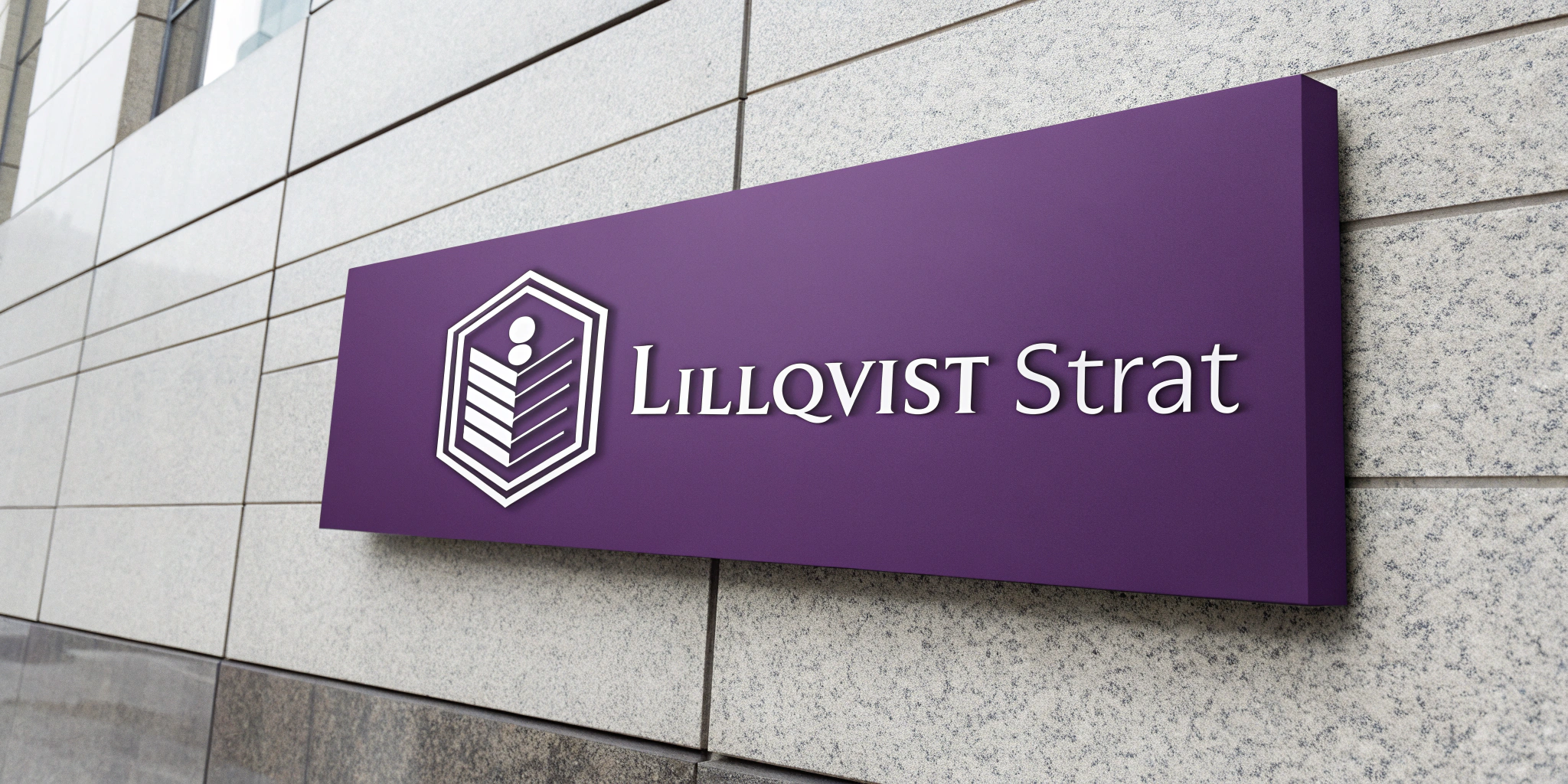Use Pandas to Process and Analyze Large Datasets from Sales Transactions Grocery shops often deal with large volumes of sales data that need to be processed, analyzed, and reported on regularly. Pandas is the ideal tool for handling such large datasets efficiently within Excel or directly through Python. By using
Articles
Automate Real-Time Stock Tracking and Updates Grocery stores rely on real-time inventory management to ensure product availability and prevent stockouts or overstocking. By implementing MongoDB for centralized data management and Python for automation, grocery stores can efficiently track stock levels, process updates, and make data-driven restocking decisions in real time.
Automate Stock Reconciliation Between Physical Inventory and Digital Records For clothing stores, inventory reconciliation is a crucial task to ensure that the physical stock matches the digital records. Using Excel and Python, this process can be automated to reduce manual effort, improve accuracy, and save time. By integrating data from
Identify Emerging Fashion Trends with Machine Learning Models Fashion retailers can leverage Python and machine learning to analyze historical sales data, social media trends, and market insights to identify emerging fashion trends. By implementing machine learning models, stores can predict upcoming styles and colors, enabling them to make informed inventory
Use MongoDB and Python to Track Customer Loyalty Data Clothing stores can leverage MongoDB to store customer loyalty data, including purchase history, accumulated points, and redemption activities. By automating this process with Python, you can easily retrieve and update loyalty records in real-time, enhancing your store’s ability to track customer
Clothing retailers can use Python and machine learning models to dynamically adjust prices based on real-time demand, seasonality, and customer preferences. By analyzing historical sales data and other market variables, you can create a pricing strategy that maximizes revenue and competitiveness. Implement AI Models in Python to Dynamically Adjust Prices
Use MongoDB to Store Customer Data and Pandas for Segmentation Clothing retailers can leverage MongoDB to store extensive customer data, such as purchasing habits, demographics, and engagement metrics. By using pandas for data manipulation and segmentation, businesses can tailor marketing efforts more effectively. Code Example: Automate Personalized Marketing Campaigns Based
Leverage Historical Sales Data to Predict Future Trends By using historical sales data, Lillqvist Strat can build predictive models to forecast future trends and help clothing stores make data-driven purchasing decisions. Code Example: Automate Purchasing Decisions to Avoid Overstocking or Stockouts With accurate demand predictions, stores can automate inventory restocking
Automate Sales Report Generation and Analysis Code Example: Use Pandas for Data Manipulation and Advanced Reporting Code Example: Save Hours in Report Creation with Customized Solutions from Lillqvist Strat Integrate with POS System To automate the integration with your POS system, we can connect the sales data directly from the
Track Stock Levels and Product Availability in Real-Time Code Example: Automate Stock Replenishment Alerts Based on Demand Code Example: Optimize Inventory with AI-Driven Insights and Save Time Code Example: Why Choose Lillqvist Strat? By leveraging Python, MongoDB, and Pandas, Lillqvist Strat helps clothing stores automate inventory management, eliminate stockouts, and









